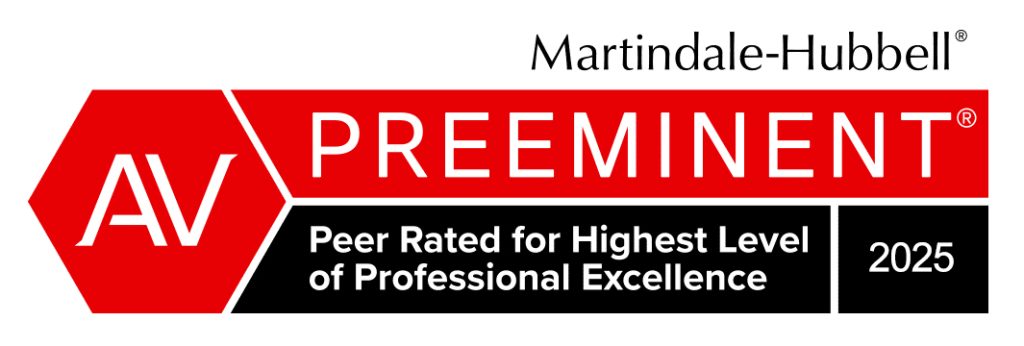Getting a mortgage with frozen credit
Remember the Equifax data breach last summer? Roughly 145 million Americans had their personal information and credit data compromised, leaving them open to identity fraud and theft.
As a result, U.S. credit bureaus (Experian, Equifax, and TransUnion) saw a surge in consumers signing up to freeze their accounts.
Now some would-be homebuyers are running into a hurdle in the mortgage application process: frozen credit. Fortunately, you can request a temporary “thaw” that allows lenders to access your account without permanently lifting your freeze.
You’ll need to contact each of the three major credit bureaus separately, and you may need to pay a fee each time you request this temporary thaw. (Freezes are free to victims of identity theft. Otherwise, fees vary by state, but are usually between $3 to $10.)
Remember, if you’ve placed a freeze on your account and want to apply for new credit, allow sufficient time for the lender to pull your report. If you are mortgage shopping, you could ask for a temporary lift of two weeks, as all inquiries made within 14 days count as just one hard hit against your credit score. (All inquiries are suppressed from affecting your score for 30 days.)
However, once you’ve chosen your mortgage lender, you may need to unfreeze your credit report again just prior to closing so your lender can complete a “credit refresh.” This is a lender’s last-minute check to ensure you haven’t opened new credit or built up a larger debt load between your initial application and closing.
Freezes versus fraud alerts
Freezing your credit account is one way to stop fraudsters from taking out a mortgage, credit card, car loan or other credit account in your name. A credit freeze blocks anyone (including lenders, landlords and employers) from accessing your credit report. It does not impact your ability to use existing lines of credit, such as credit cards.
Freezing your credit provides a measure of security against financial fraud, but it can hamper your ability to access credit. If you’ve instituted a freeze but want to sign up for a new credit card, or sign certain cellphone agreements, you’ll need to provide the lender with access to your credit. Again, that means contacting each bureau separately to temporarily lift the freeze.
As an alternate to a credit freeze, consumers may consider placing a fraud alert on their account. A fraud alert is free, and you only have to contact one credit bureau, which is then responsible for notifying the others.
Under a fraud alert, creditors can still pull your credit report by taking extra steps to verify your identity. However, unless you’ve been an actual victim of identity theft, fraud alerts last just 90 days before they must be renewed.


